Surprise! There’s a whole new Black Mirror to ruin your sleep and make you question your entire existence. And this time, you steer.
If you have not experienced Bandersnatch, I suggest that you run back over to Netflix and do so. If you’ve not explored it to your satisfaction, I suggest you run and do so. But if you’re as done as you plan to be, read on. Because we’ve got a lot to cover today.
Bandersnatch is Black Mirror’s second stand-alone episode, the first being Jon Hamm starrer White Christmas. Granted, Black Mirror is an anthology series, so all episodes stand alone save for some world-building ties. But Bandersnatch is very much its own beast: more movie than episode, more game than movie.
It’s also the first use of Netflix’s “Branch Manager” system outside of children’s programming. Occasional pop-up boxes let you steer Stefan through 1984 as he tackles his passion project: a choice-based game based on a choice-based book. But, of course, this is Black Mirror, where technology reflects our greatest fears back at ourselves. So this choose-your-own-adventure experience goes off the rails (as it were) fairly quickly. As Stefan attempts to make a choice-based game ahead of its time, he seems to lose his own free will. It isn’t long before he realizes you’re there, and he’s actively fighting every click of your mouse.
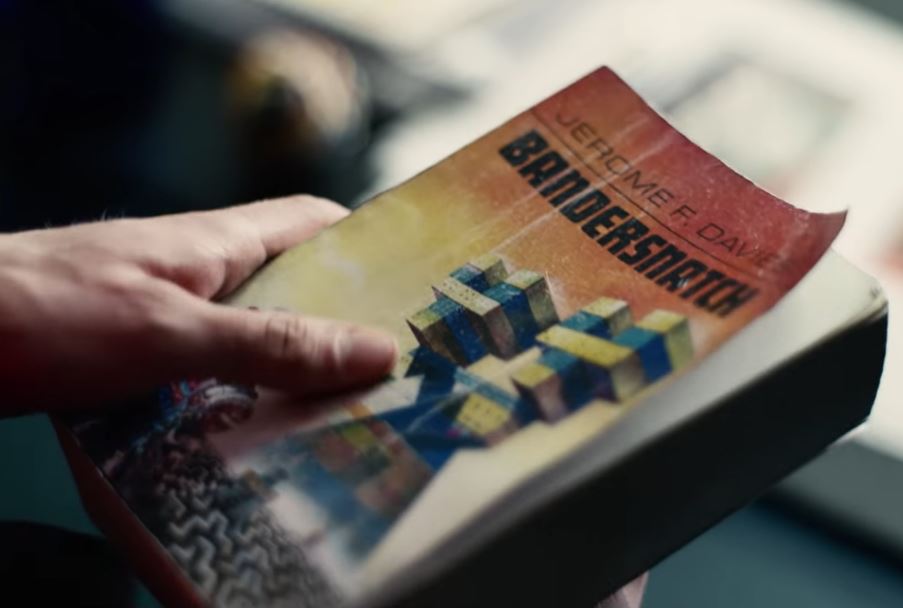
The experience takes you through multiple iterations of Stefan’s project, from corporate fallout to government conspiracies to fourth-wall-breaking fight scenes. Netflix has stated that there are five endings, several of which have different permutations. Through those, there are literally thousands of ways to experience Bandersnatch.
But gamers with experience in choice-based gaming have one big question: which is the True End?
In gaming, the “True End” is—for lack of a better term—the “canonical” ending. It embodies the genuine message of the story, and often takes several reruns to achieve. It may not be the happiest or best ending. But it is the one that would occur were this a one-track story.
The Black Mirror fan community is still defining what counts as an ending and what counts as a variation. Heck, some people are still finding things. So for our purposes, we’re going to group obviously similar endings together. We’re also going to ignore eventualities like your first failure, or the bit where you make Stefan jump off a balcony and straight-up die. That said, which ending is the “True End”?
The Game Is Made, The Curse Continues
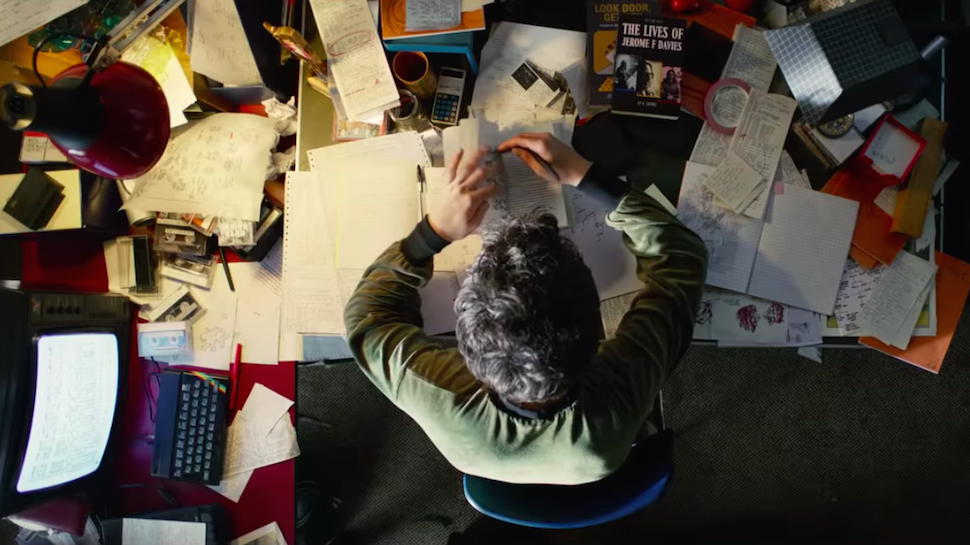
The most obvious choice seems to be the ending presented with traditional Netflix credits. Stefan gets away with murder and finds peace with his lack of choice under your assiduously-clicking mouse. Bandersnatch isn’t the game he first envisioned, but it’s a hit, and he’s content. Eventually he’s outed as a murderer, and the game disappears from shelves. Years later Pearl, the daughter of Stefan’s wunderkind collaborator Colin, attempts to remake the game. And she falls to your mouse clicks just as Stefan did.
Besides the credits, this ending feels more like your typical Black Mirror ending. Stefan has come to a conclusion about himself, and he perpetuates that conclusion in his final product. Just as he has only the illusion of choice in life, his players have only the illusion of choice in Bandersnatch. It’s not an optimistic moral, but it’s a moral consistent with the feel of the show.
The fact that it’s couched as the True End makes it tempting to call it the True End. But there’s one problem: unless you’ve already found much more of the game, you can still do more. It still lets you change your mind without restarting. So it seems at least Bandersnatch doesn’t believe it’s over.
Ending Before the Beginning
The death of Stefan’s mother is a recurring sticking point throughout Bandersnatch. The title book belonged to her. She made Stefan’s beloved toy rabbit, which his father took away. A staggering degree of who Stefan is as a person comes from the loss of his mother as a child—and his feelings about his father ever since.
After a great deal of searching and experimenting, you can help Stefan retrieve his rabbit. Then, though a looking glass, you can take him back to the day his mother died. Rabbit in hand, young Stefan is now free to stay home, or join his mother on the ill-fated train ride that took her life.
Should you choose the latter, you see a gently lit sepia scene of the pair on the train. Then, you switch to 1984, where Stefan has died quietly in his chair during a therapy session.
It would seem that the resolution of his regret—being forced to go on without his mother—has ended the cycle. It’s a grim ending, but perhaps a happy one for someone in Stefan’s situation. And, considering this lays his life’s motivation to rest, it may be an appropriate end.
But again . . . you can keep going.
Jail Time
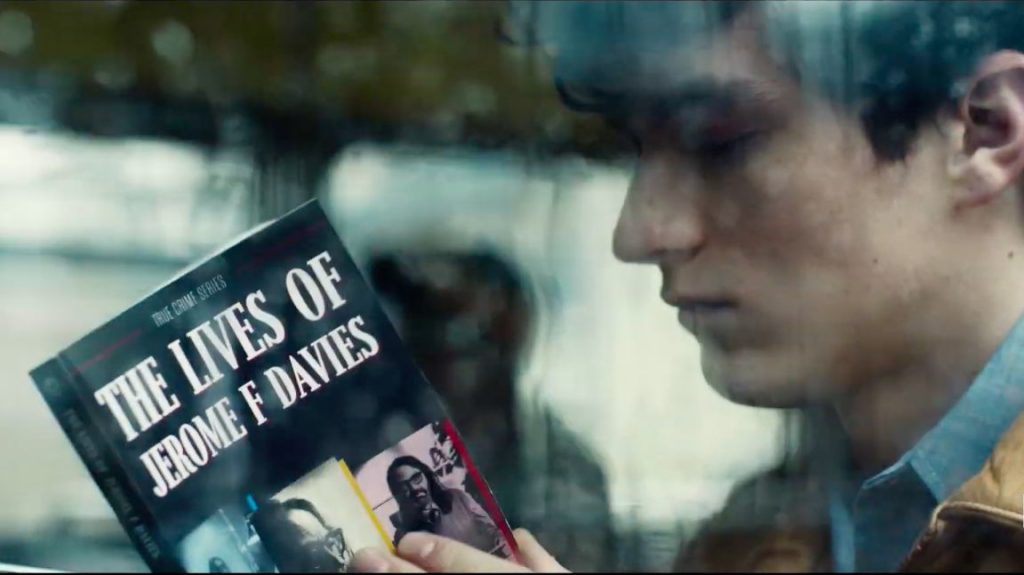
Just as in life, there are so, so many ways you can go to jail in Bandersnatch. Mostly involving murder (again, just as in life).
Once Stefan realizes that you, the viewer, exist, jail time is constantly on the table. Usually this is a result of Stefan killing his dad, but he can also kill his boss if he’s feeling really motivated. Then it’s just a matter of being really bad at not being caught.
In the end, Stefan is in a jail cell, scratching the White Bear symbol on the wall as an underdeveloped Bandersnatch receives terrible reviews. The sheer number of ways this can unfold points to it not being the True End, but it’s still worth noting as a heavy eventuality. Especially considering . . .
It Might All Be a Government Conspiracy
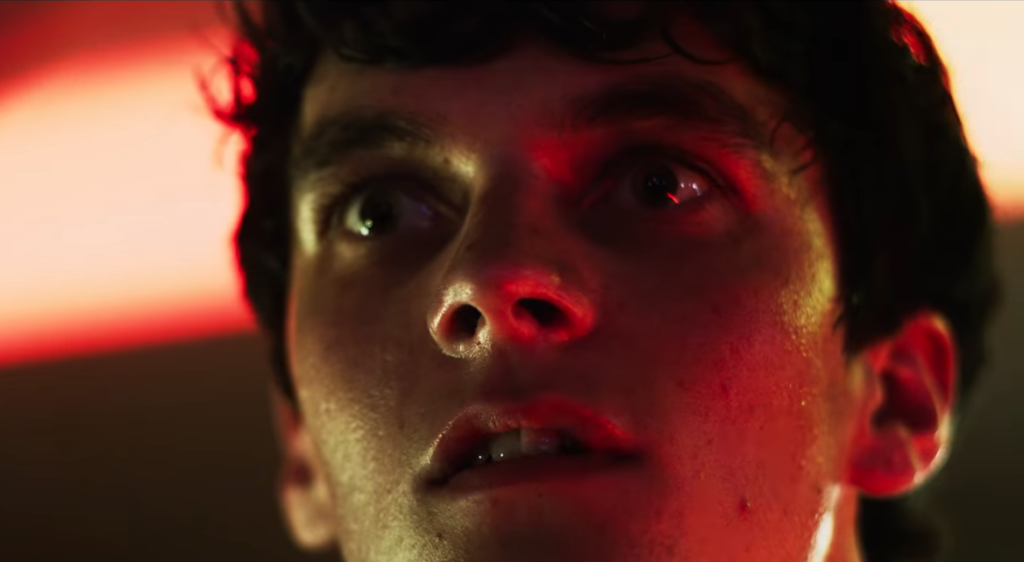
But it’s probably not.
Once Stefan knows you exist, you can choose to string him along by feeding into Colin’s government conspiracy theory. Named P.A.C.S., it allegedly drugs its subjects and forces them to undergo manufactured trauma. In Stefan’s case, this would be the alleged death of his mother.
We’re given to believe fairly quickly after that this is not the case. It’s a side tangent into what can happen to a mind under stress, and results in jail time as above. It’s an enticing thread to chase down . . . until you hear Stefan raving about the government recording him. Then you realize maybe you pushed a little too hard.
Considering this once again ends in jail time—and once again lets you keep going—it’s hardly an end point.
Netflix & Kill
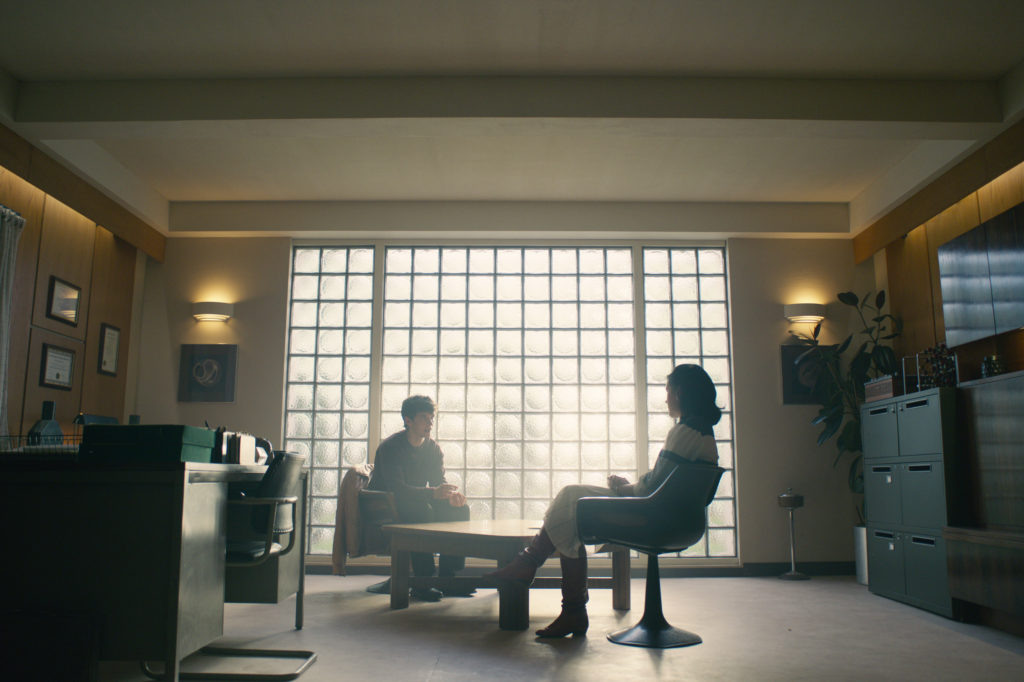
In one of the wilder moves of Bandersnatch—and that’s saying something—you can opt to tell Stefan the truth. Choose the Netflix logo when he asks you to identify yourself, and you’ll tell all. What follows is one of two fourth-wall-breaking scenarios.
Make Stefan engage when his therapist initiates an all-out brawl, and he’ll eventually get dragged out while screaming about your taste in entertainment. Have him opt out of the fight, and he’ll find himself on the set of a TV show, the only person unwilling to believe it’s all a fiction.
Now, of course, this is the truth. You are watching him on Netflix, you are controlling him for fun, and you do have weird taste in shows. But this is more a shout-out to the brand (which you’ll see in everything from Lemony Snicket to MST3K) than a plot point. And again . . . you can keep going.
So what’s left?
Completion.
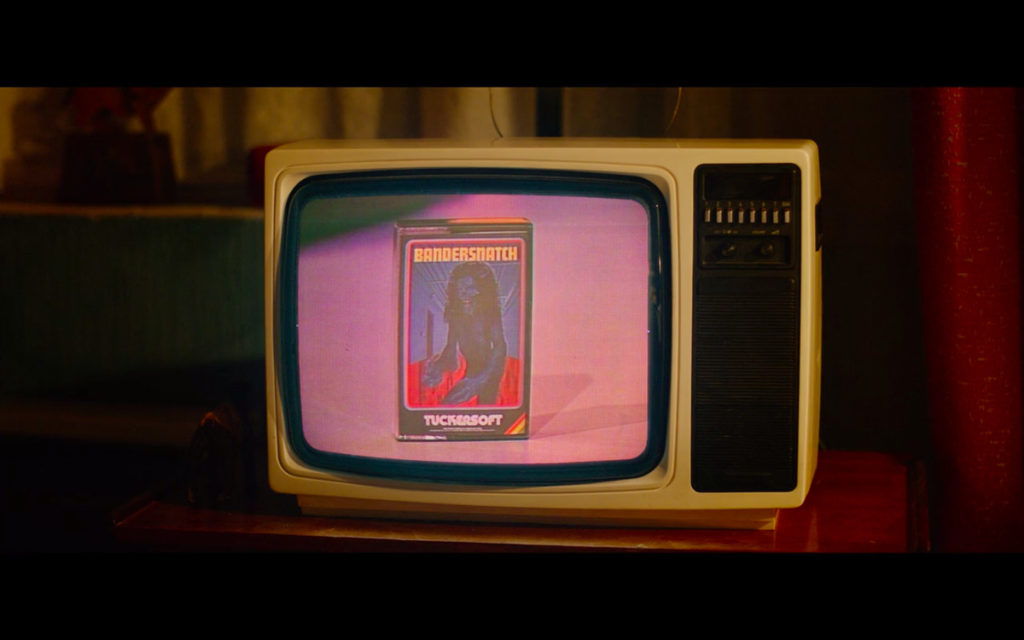
Hardcore gamers know you’re not really done with a game until you’ve found every ending. And it’s no different here—the “True End” is exploring Bandersnatch to its furthest boundaries. Once you’ve found variants of all of the above, you’ll be presented with a second set of credits, this time on a small TV screen.
We aren’t meant to get Bandersnatch “right” in one go. For one thing, we can’t. There are important pieces of information that require failure to obtain. Some choices require repeating after receiving new intel. And, really, the story as a whole only makes sense with repeated trial and error. Colin will even begin to dip in more and more as you rewind, showing that the retries are not only allowable, they’re necessary and planned for.
Bandersnatch is a story of how our choices shape us, and how failure is just one part of a cycle of learning and growth. His experiences may be fantastical and terrifying, but metaphorically they’re not too different from our own. Mistakes inform our decisions for the next time. New experiences color our impression of old ones. And sometimes, knowing that the results of a choice could prevent us from our end goal is a good deterrent.
Simultaneously, it’s an exploration of choice-based storytelling, and our role in it. How much of what we do when we play these games is willingly immersive, and how much is at our pleasure? Are we truly learning and engaging the way the story’s creator wants, or are we seeing what we can make our little avatar do? The question will be different for everyone.
But guiding Stefan toward a specific ending—a successful game, or a peaceful death, or a fourth-wall-break—isn’t the point. The point is the experience, and the willingness to engage. If you manage that, then you’ve found, if not the True End, then at least the true purpose.


1 Comment
I loved every single thing about this viewing experience.